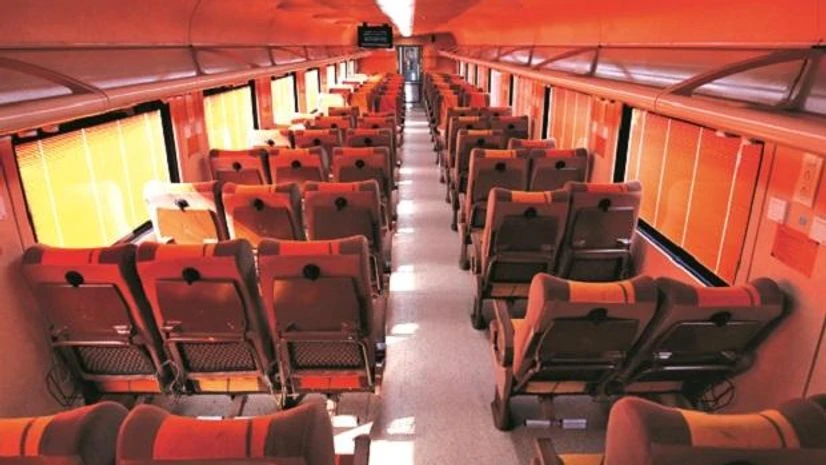The minimum ticket price to travel on Amrit Bharat Express trains for a destination within one km to 50 km is Rs 35, exclusive of the reservation fee and other charges, the Railway Board has informed all zones.
It has issued a circular on the fare structure of Amrit Bharat trains and attached a "Fare Table" with the distance slabs and ticket prices for second-class and sleeper-class passengers.
As the first Amrit Bharat train, which will be flagged off by Prime Minister Narendra Modi from Ayodhya in Uttar Pradesh on December 30, has only second-class and sleeper-class compartments, the railway ministry is yet to work out the fare table for the air-conditioned classes, sources said.
"If we compare the fares for these two classes -- second and sleeper -- with other currently-running mail or express trains, Amrit Bharat's fare is 15 to 17 per cent higher," a railway official said.
"The minimum ticket price for a second-class journey to a destination falling between one and 50 km in other mail or express trains is Rs 30, exclusive of the reservation fee and other charges. It suggests that the Amrit Bharat fare is about 17 per cent higher," he added.
According to the circular, concessional tickets and tickets against free complimentary passes that are not reimbursed shall not be admissible in these trains.
"The eligibility of Privilege Pass, PTOs (privilege ticket order), Duty Pass etc. for railway employees shall be at par with eligibility in mail/express," the circular read.
More From This Section
"Booking of tickets against passes issued to Members of Parliaments, Rail Travel Coupons (TRCs) issued to MLAs/MLCs and booking for freedom fighters shall be permissible as they are fully reimbursed," it added.
The Railway Board has requested the Centre for Railway Information Systems (CRIS) to make the necessary changes in the software to reflect the Amrit Bharat trains and their fares.
The circular says the Amrit Bharat trains with LHB coach-based push-pull arrangement have certain special features, such as "horizontal sliding windows, semi-permanent coupler between the coaches, dust-sealed wider gangways, an aerosol-based fire suppression system in toilets and electrical cubicles, an emergency disaster management light, floor guide fluorescent strips, bench-type design for LWS coaches, segregation of reserved and unreserved coaches (with sliding doors) etc.
(Only the headline and picture of this report may have been reworked by the Business Standard staff; the rest of the content is auto-generated from a syndicated feed.)

)
